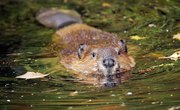
Beavers are among the world’s heftiest rodents, and an exceptionally large male weighing close to 100 lbs. There are two living species of beaver, the North American and Eurasian, both of which are rotund, richly furred creatures with broad, scaly, paddle-like tails. Mostly aquatic by nature and strictly vegetarians, beavers sleep in the protected refuges they dig out or construct.
Activity Patterns
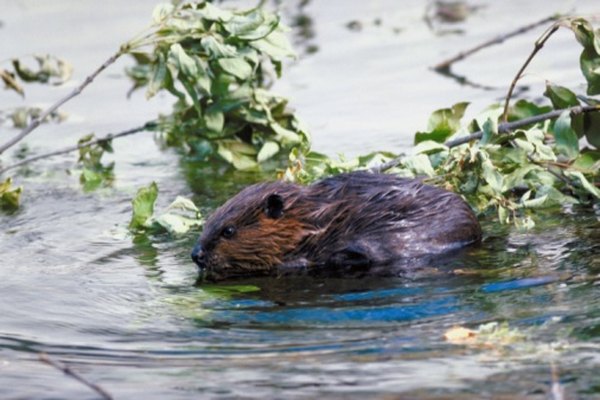
In remote areas little disturbed by humans, beavers are sometimes active diurnally. In general, however, they are nocturnal. Beavers spend the day sleeping, resting and taking to the water at dusk to forage or work. When they are awake, they are amazingly industrious. A beaver colony is able to build a large lodge in only a couple of nights. Such a structure includes one of a handful of dens beavers use to sleep in, and take shelter from predators and weather.
Dams and Lodges
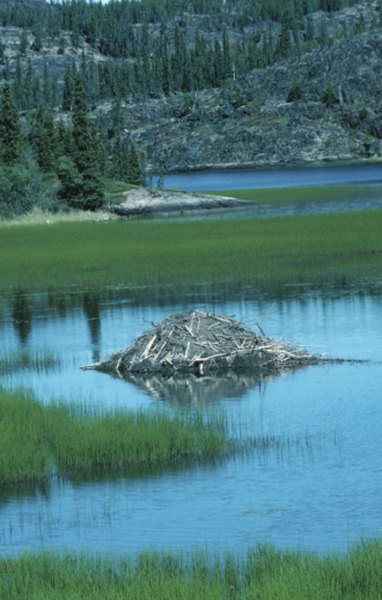
The construction route they take depends on the nature of the water body they are colonizing. Beavers do not hibernate and remain active throughout the winter. As such, they require a constant food supply during the cold months. Beavers build up underwater caches of branches and twigs to serve this purpose. The lodge has a sleeping and resting chamber within, accessed by any number of underwater entrances.
Other Dens
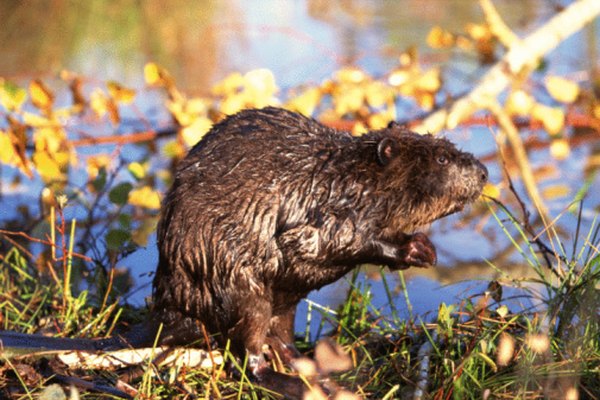
If beavers decide to inhabit a larger lake or river of naturally sufficient depth, they often forgo the construction of a dam. If shoreline conditions are adequate, they sometimes dig a burrow straight into the bank rather than erect a lodge. They excavate using their powerful foreclaws, beginning with an underwater entrance and tunneling upward to finish with a dry sleeping chamber.
Refuge
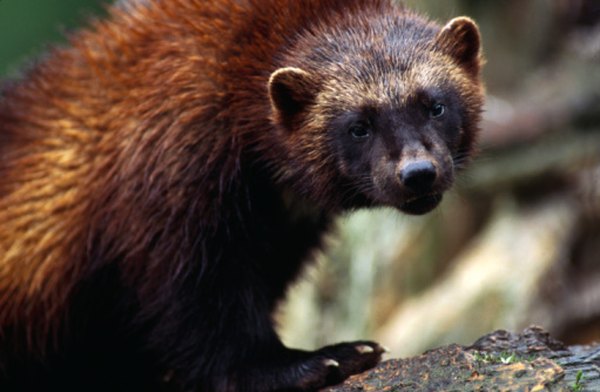
The size of an adult beaver alone wards off many smaller hunters like foxes, mink and hawks. There are still plenty of threats in the North American forests beavers inhabit, however, including gray wolves, grizzly bears, black bears, wolverines and pumas. Beavers usually sleep fairly easily as their underwater entry points and the formidable mud- and wood-packed structure of their lodges keep out most threats. If one of their dams fails, the sound of running water alerts the beaver colony and any breach is quickly repaired.
References
- National Geographic: Beaver
- "A Sierra Club Naturalist's Guide to the North Woods"; Glenda Daniel, Jerry Sullivan; 1981
- "The Beaver: Natural History of a Wetlands Engineer"; Dietland Müller-Schwarze, Lixing Sun; 2003
About the Author
Ethan Shaw is an independent naturalist and freelance outdoors/nature writer based in Oregon. He holds a B.S. in Wildlife Ecology and a graduate certificate in G.I.S. from the University of Wisconsin-Madison. His primary interests from both a fieldwork and writing perspective include landscape ecology, geomorphology, the classification of ecosystems, biogeography, wildlife/habitat relationships, and historical ecology. He’s written for a variety of outlets, including Earth Touch News, RootsRated, Backpacker, Terrain.org, and Atlas Obscura, and is presently working on a field guide.
